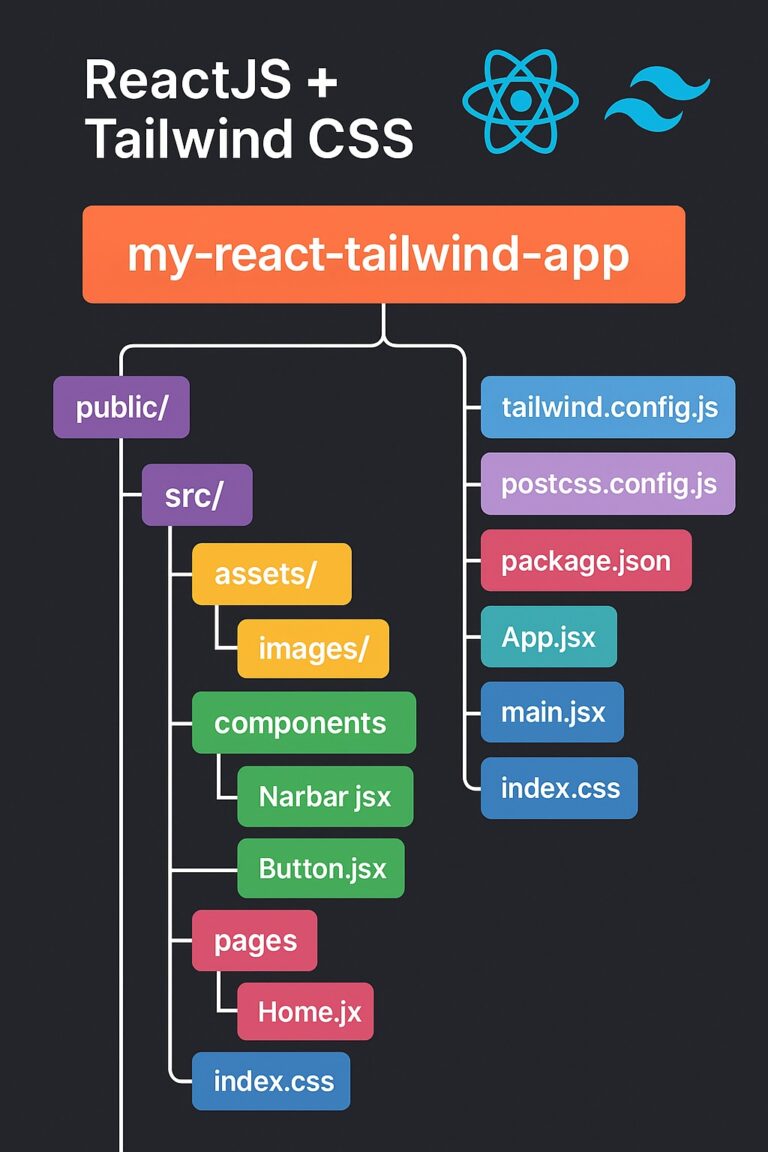The useActionState hook in React 19 enables developers to directly manage state updates triggered by predefined actions. It’s like a simplified version of useReducer, designed for scenarios where action-based state management is crucial.
Syntax of useActionState
The basic syntax is:
const [state, dispatch] = useActionState(initialState, actionHandlers);
initialState: The initial value of the state.
actionHandlers: An object mapping actions to their corresponding state transition functions.
Example: Counter Application
Here’s how you can use useActionState to create a counter:
Implementation
import React from "react";
function Counter() {
const [state, dispatch] = useActionState(
{ count: 0 }, // Initial state
{
INCREMENT: (prevState) => ({ count: prevState.count + 1 }),
DECREMENT: (prevState) => ({ count: prevState.count - 1 }),
RESET: () => ({ count: 0 }),
}
);
return (
<div>
<h1>Count: {state.count}</h1>
<button onClick={() => dispatch("INCREMENT")}>Increment</button>
<button onClick={() => dispatch("DECREMENT")}>Decrement</button>
<button onClick={() => dispatch("RESET")}>Reset</button>
</div>
);
}
export default Counter;
How It Works
- State Initialization:
- The
useActionStatehook initializes the state ({ count: 0 }in this example).
- The
- Action Dispatching:
- The
dispatchfunction accepts an action name (e.g.,"INCREMENT") and executes the corresponding handler defined in theactionHandlersobject.
- The
- State Transitions:
- Each action handler updates the state based on the logic specified (e.g.,
count + 1for"INCREMENT").
- Each action handler updates the state based on the logic specified (e.g.,
Benefits of useActionState
- Simplified State Management:
- Handles action-driven state transitions without the complexity of reducers.
- Improved Code Readability:
- Centralizes state transition logic within the
actionHandlersobject.
- Centralizes state transition logic within the
- Enhanced Reusability:
- Can be used in multiple components with consistent patterns.
Example: Toggle Application
Let’s create a toggle switch using useActionState.
Implementation
import React from "react";
function ToggleSwitch() {
const [state, dispatch] = useActionState(
{ isOn: false }, // Initial state
{
TOGGLE: (prevState) => ({ isOn: !prevState.isOn }),
TURN_ON: () => ({ isOn: true }),
TURN_OFF: () => ({ isOn: false }),
}
);
return (
<div>
<h1>{state.isOn ? "Switch is ON" : "Switch is OFF"}</h1>
<button onClick={() => dispatch("TOGGLE")}>Toggle</button>
<button onClick={() => dispatch("TURN_ON")}>Turn ON</button>
<button onClick={() => dispatch("TURN_OFF")}>Turn OFF</button>
</div>
);
}
export default ToggleSwitch;
Conclusion
The useActionState hook in React 19 streamlines action-based state management, making it simpler to write clean and maintainable code. By centralizing state transitions into an action handler map, it provides a more intuitive alternative to traditional reducers for specific use cases. This flexibility empowers developers to build robust and dynamic applications.



